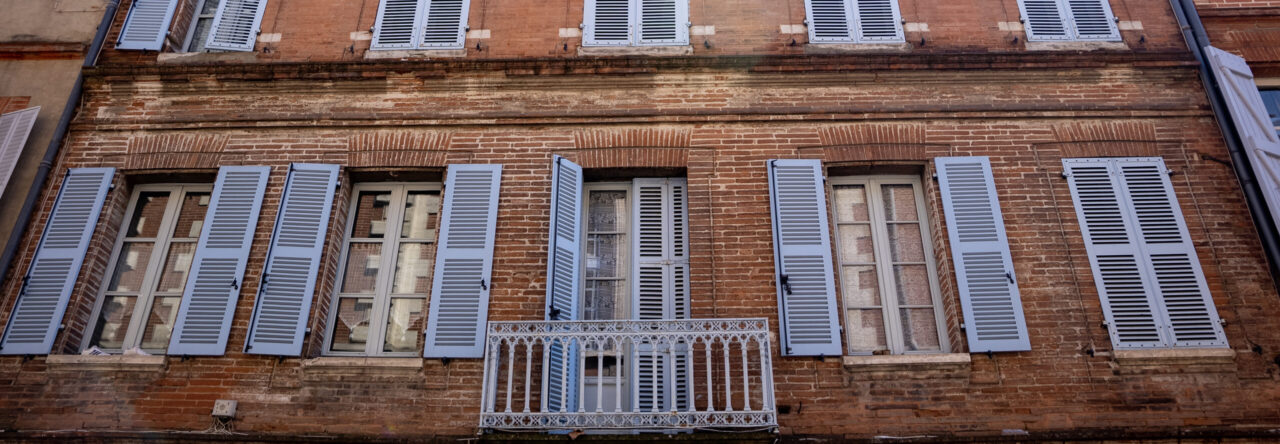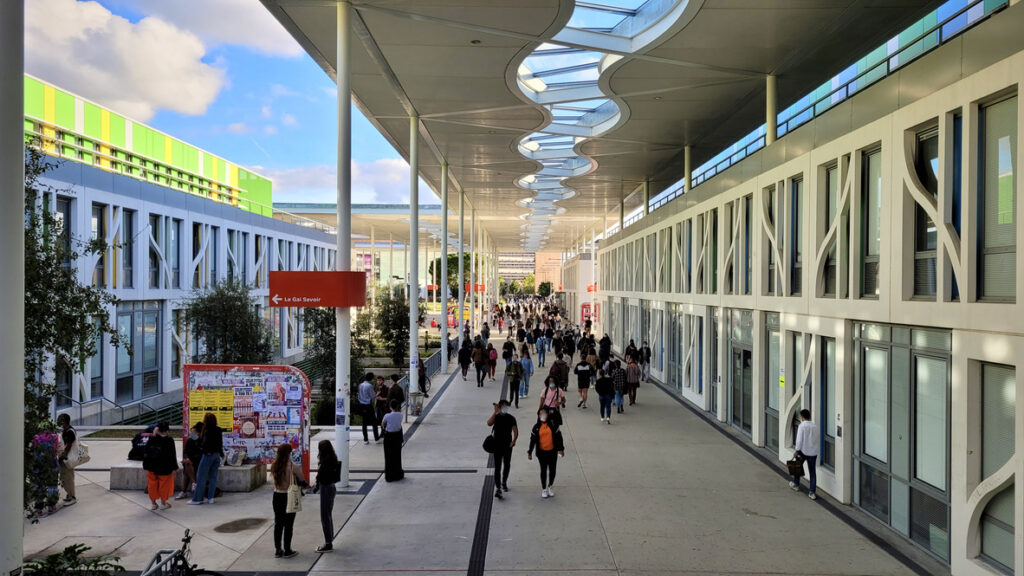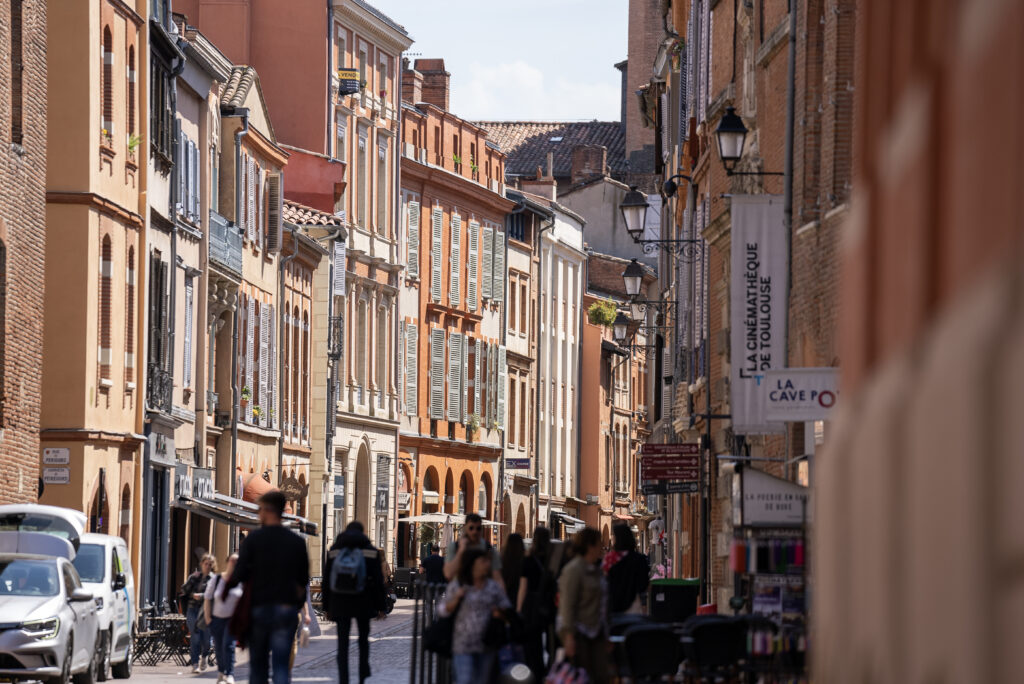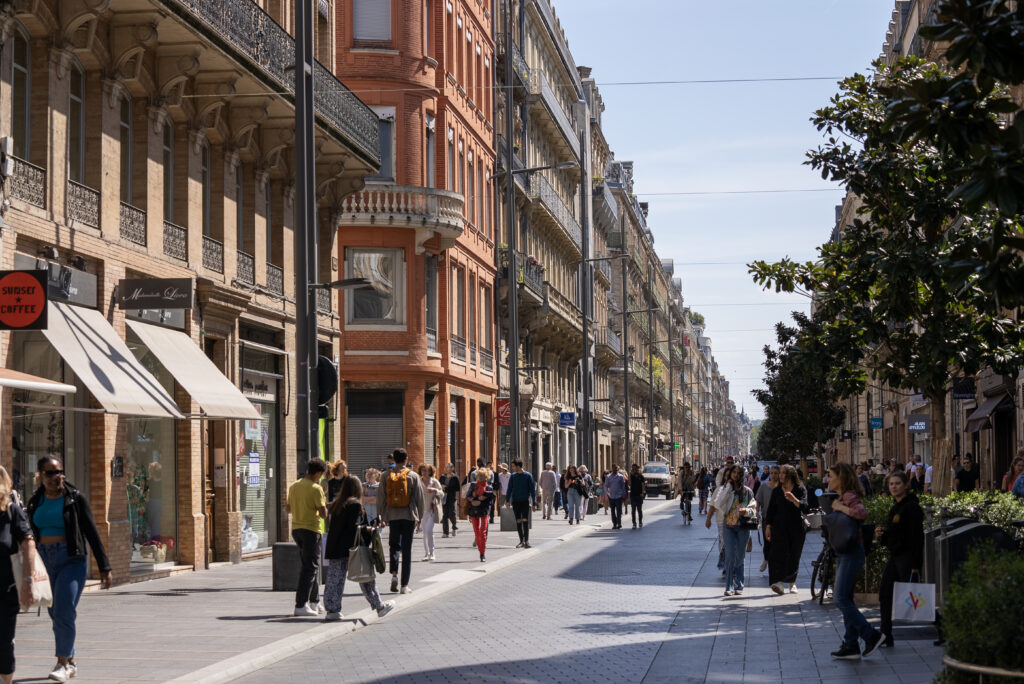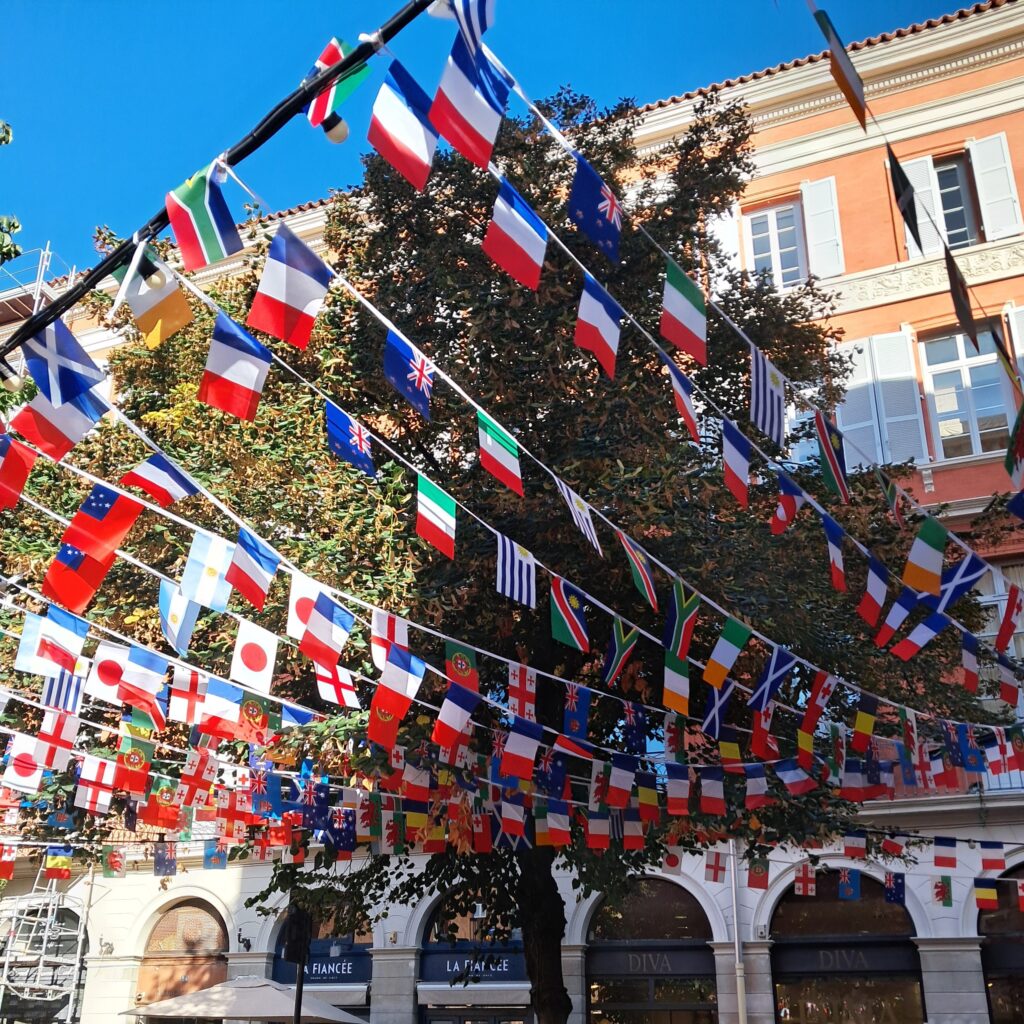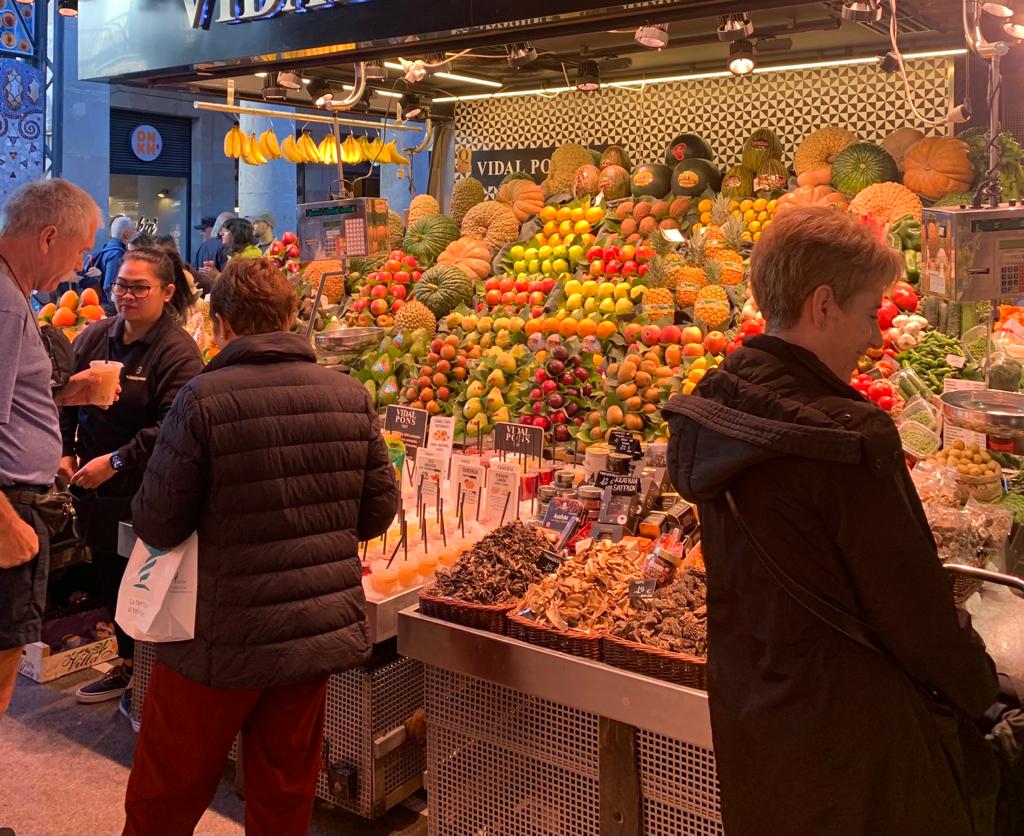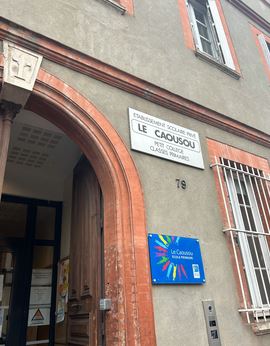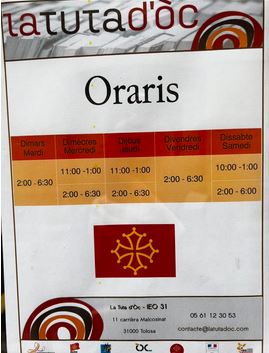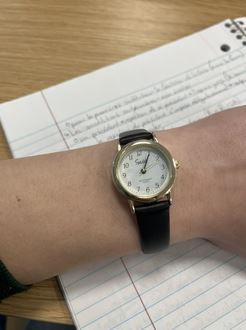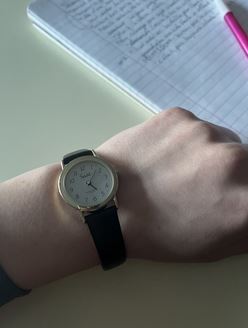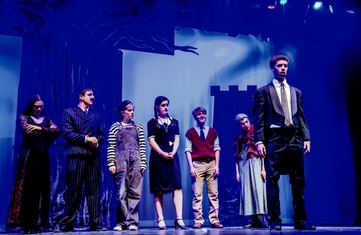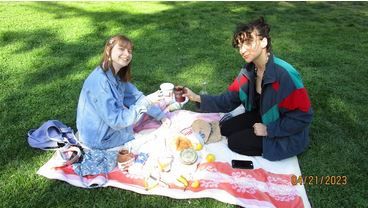Introduction
France and the US have very different cultures, which are connected by the idea that citizens can protest to better their country. However, the citizens of these countries do not share the same opinion on the hows and whys of protesting. US culture does not largely involve protesting, while the French have a long, rich history of revolution and protests. In the US, the media tends to report protests more negatively, and people tend to think worse of protestors. This causes a willingness for the French to ask the government for things to improve their quality of life. Protests are essential for happy citizens, and to avoid a corrupt government.
Protests at the University
From the first minutes at UT2J, I felt a drastic difference between it and my experience at the university in the United States. I expected a presence of protests and strikes at the university. In the media, the stereotype of combative, quick-to-protest French people is quite common. My first
day at the university, I arrived at the Arche for my meeting with ASK, an office that works with incoming international students. While I was double checking my Google Maps, a student handed me a brochure for an upcoming conversation with an immigration lawyer about a recently passed law and information about manifestations that would be happening around
Toulouse in response to it. After my meeting with ASK, I walked around campus and headed to another building where I received my student ID. In this first walk around campus, I saw many posters with information about student activism. Even though this was shocking in the first couple of minutes at the French university, it became habitual to see. Almost every day, I see a group of students handing out flyers or brochures. Every time something happens in France, student activists have the instinct to react with a protest if they take issue with the situation. Also, it seems that the university administration does nothing to prevent or combat these protests. At WashU, the protest culture is quite different. This could be explained by the contrast between each institution. WashU is a private institution with only 7,000 students. On the other hand, UT2J is a huge public university with about 20,000 students. At WashU, it is rare to see students with flyers and brochures. Further, the administration limits the amount of large posters that are displayed. The administration must appease activism on campus to protect its financial interests with donors and the corporations that students are fighting against. Furthermore, students have more spaces, such as smaller classes, extracurriculars or casually amongst friends, to share their grievances. However, there are little to no student activist organizations. For this reason, frustration often arrives alongside protests on campus. This becomes more contentious as we consider the history of student activism in the 1960s with the fight for civil rights and against the Vietnam War. The only recent event that has provoked larger protests in the United States is the ongoing conflict in Gaza. There have been well-attended manifestations across the United States, particularly on college campuses. Even though protest culture is entirely different in the United States, it reminds me of the University of Puerto Rico. The largest university in Puerto Rico is public, just as Jean Jaures. Since I was a young girl, I heard news about strikes and protests at the university. The students’ fight against social injustices occurs often. It is quite common for political commentators on the radio to predict protests or strikes in response to laws being passed. For many students, the protests and strike culture is positive and a significant part of their academic experiences. However, strikes in particular cause problems for registering for classes and graduating on time for others. Many Puerto Ricans scorn student protests because of the interruptions they cause. But, as in France, students will never stop.
Protests and the Media
As I stood amidst the bustling streets of the French farmers’ demonstration at Esplanade Compans Caffarelli, the sights and sounds around me painted a vivid picture of activism in a foreign land. The noise of machinery, the protest chants and even the pungent smell of manure in the fresh air: all were reminders of the stark contrasts between protest cultures in France and the United States. Growing up in the U.S., I had become accustomed to a certain narrative surrounding activism, often centered around the digital world. Social media platforms have become powerful tools for
amplifying voices, mobilizing support and sparking conversations about pressing issues. It’s not uncommon to see friends and acquaintances changing their profile pictures to support a cause, sharing publications to raise awareness, or even contributing to crowdfunding campaigns to bolster initiatives they believe in. The digital landscape serves as a virtual marketplace, where individuals from diverse backgrounds come together to rally behind common ideals and bring about change.
However, as I immersed myself in the French protest scene, I couldn’t help noticing a different dynamic at work. While social media undoubtedly played a role in organizing and disseminatinginformation, their importance seemed to pale in comparison to what I was used to in the United States. Here, the emphasis was more on physical presence and direct action, with the streets themselves serving as the main arena for expressing opinions and bringing about change.
The French approach to activism has its roots in a rich tradition of collective action and civic engagement, where taking to the streets is seen as a powerful expression of citizenship. From student-led protests in May 1968 to the more recent Gilets Jaunes movement, the French have a long history of mobilizing public demonstrations and blockades as a means of making their voices heard.
This emphasis on physical protest reflects a broader cultural ethos, which privileges direct engagement and tangible demonstrations of solidarity. In France, the notion of blocking roads and decorating iconic buildings with manure in protest is not just a symbolic gesture, but a strategic maneuver aimed at disrupting the status quo and forcing the authorities to confront the issues at hand.
By contrast, in the USA, where disruptive tactics such as blockades are often greeted with less tolerance due to the potential drawbacks they pose, reliance on the media as a platform for protest is becoming increasingly evident. Given the societal and economic complexities of a country deeply integrated into global trade and cooperation, disruptive actions could have widespread consequences, affecting not only national systems, but also international relations and economies.
The contrasting approaches highlight divergent cultural attitudes to protest and activism, shaping the strategies employed by citizens to bring about change in their respective societies. Whether through virtual solidarity or physical protest, people across borders are finding ways to make their voices heard and push for a better world. And as I navigate the complex web of activism in different corners of the globe, I’m reminded of the power of collective action to transcend borders and bring about meaningful change.
The Culture of the Strike
It was a Tuesday morning like any other, just a few weeks after my arrival in Toulouse, and the city was buzzing with announcements of a widespread teachers’ strike. I was surprised to hear about another organized protest, just days after farmers from the countryside had taken to the streets with their tractors, honking, demanding environmental and economic reforms to protect small-scale agriculture. France is known for its propensity for organized resistance as a form of democratic participation through disruptive demonstrations or prolonged strikes. However, it was still quite striking to witness, and especially to see how protests function in the context of people’s daily lives. I later learned that the teachers were striking to protest against emerging legislation that would divide students into three distinct groups based on their assessed level in French and mathematics. The proposed intention of this legislation is to try to address the poor academic performance of high school students. However, teachers argue that this will only disadvantage marginalized students and worsen social and educational inequalities. They are also demanding better working conditions, citing difficulties with overcrowded classes and inadequate teaching substitutes.
In my home state of North Carolina, we have a very active public teachers’ union due to our extremely conservative investment in public education and our teacher salaries ranking among the lowest in the states. I witnessed several teacher strikes during my K-12 education. However, compared to here in France, teacher strikes are rare, union participation is minimal, and initiatives are much less likely to lead to real political reform.
To try to uncover the roots of this cultural disparity, I decided to do some research on the phenomenon of the French strike. I found a mix of explanations concerning the revolutionary foundations of the Fifth Republic, a general culture of skepticism, and a legal and political structure that favors union participation. French democracy has been intricately constructed over centuries and through several revolutions. So naturally, French culture values protest and change, as they are deeply rooted in their revolutionary history. Furthermore, there are strong legal protections for the right to protest. With decades of precedent, protesters benefit from clear legal avenues for collective action.
The most interesting distinction I found was the difference between the protection of organized labor (unions) in France and the United States. In France, unions benefit from a legal infrastructure that protects them from retaliation. Additionally, strikes are considered a culturally legitimate negotiation tactic. In contrast, unions in the United States have much weaker legal protection and face a political climate and culture that demonizes unions as anticapitalist.
While France has more robust legal protections for protesters, especially for organized labor, I recently discovered another cultural gap between France and the United States. As I watched from afar as universities across the country protested in support of Palestine and condemned their universities and government for their role in funding genocide, I was shocked not to see similar protests at universities here in France (except for one or two exceptions).
However, I later learned that public support for Palestine is illegal, often categorized as hate speech. As an American, this shocked me. The right to freedom of speech in the United States is one of the most valued pillars of American democracy. Although it is still the subject of debate as to the extent of legal support for freedom of speech, it is difficult to imagine the American government banning a subject of protest.
Conclusion
The differences between France and the US on the topic of protests is something cultural.
There are many different ways to protest, shown by the protests of the farmers and students. In France, protests are viewed as a way for groups to make their grievances known. For example, the students create a lot more graffiti and hand out more brochures than their US counterparts. Many French people can sympathize with the protestors, something that may contribute to the protesting culture in France. The media reports on protests in a more sympathetic manner in France, while in the US people tend to think more negatively of protestors. The French students are more politically active, while in the US there is not much graffiti on university campuses.
Both countries have many reasons to protest, but protests seem to be more acceptable in France.
